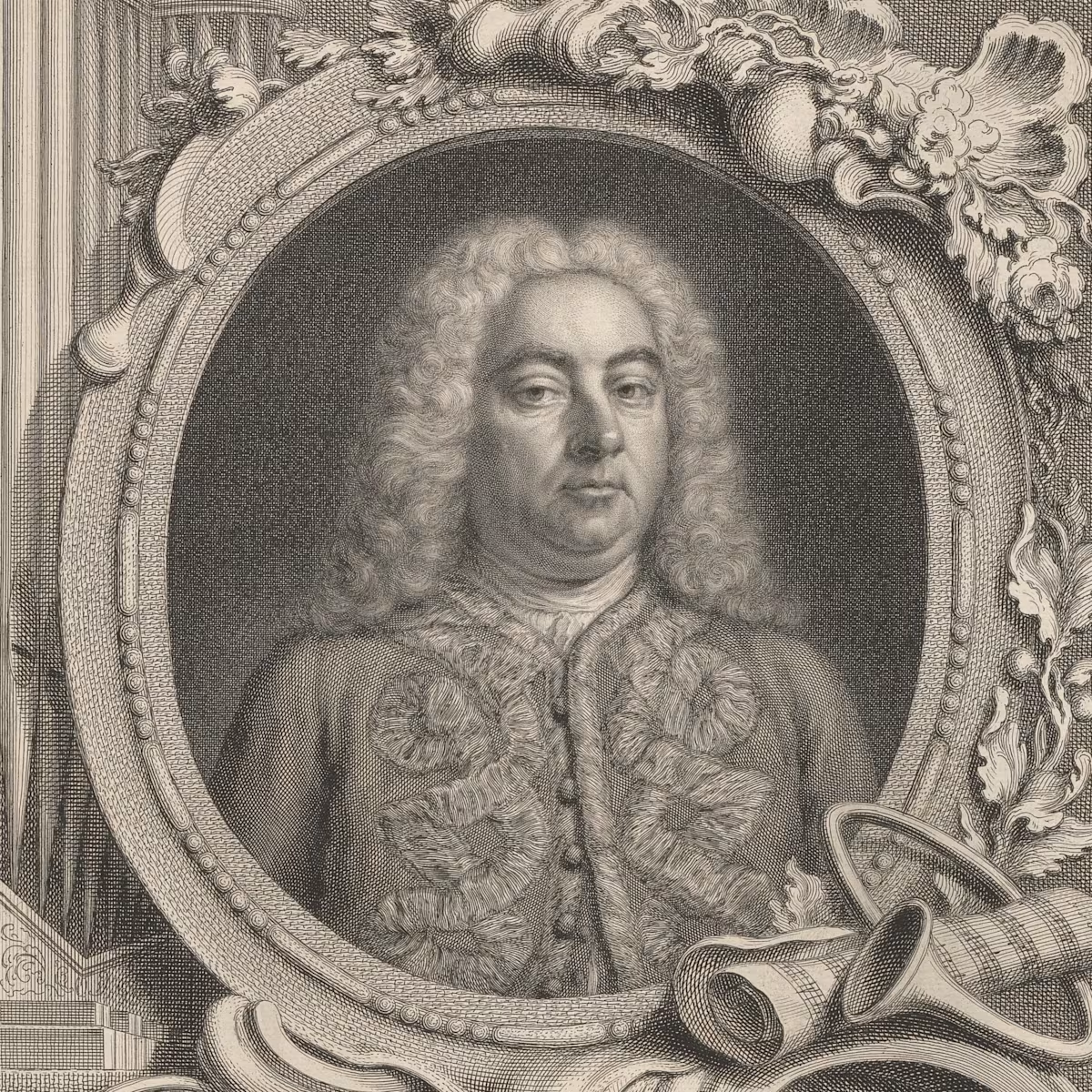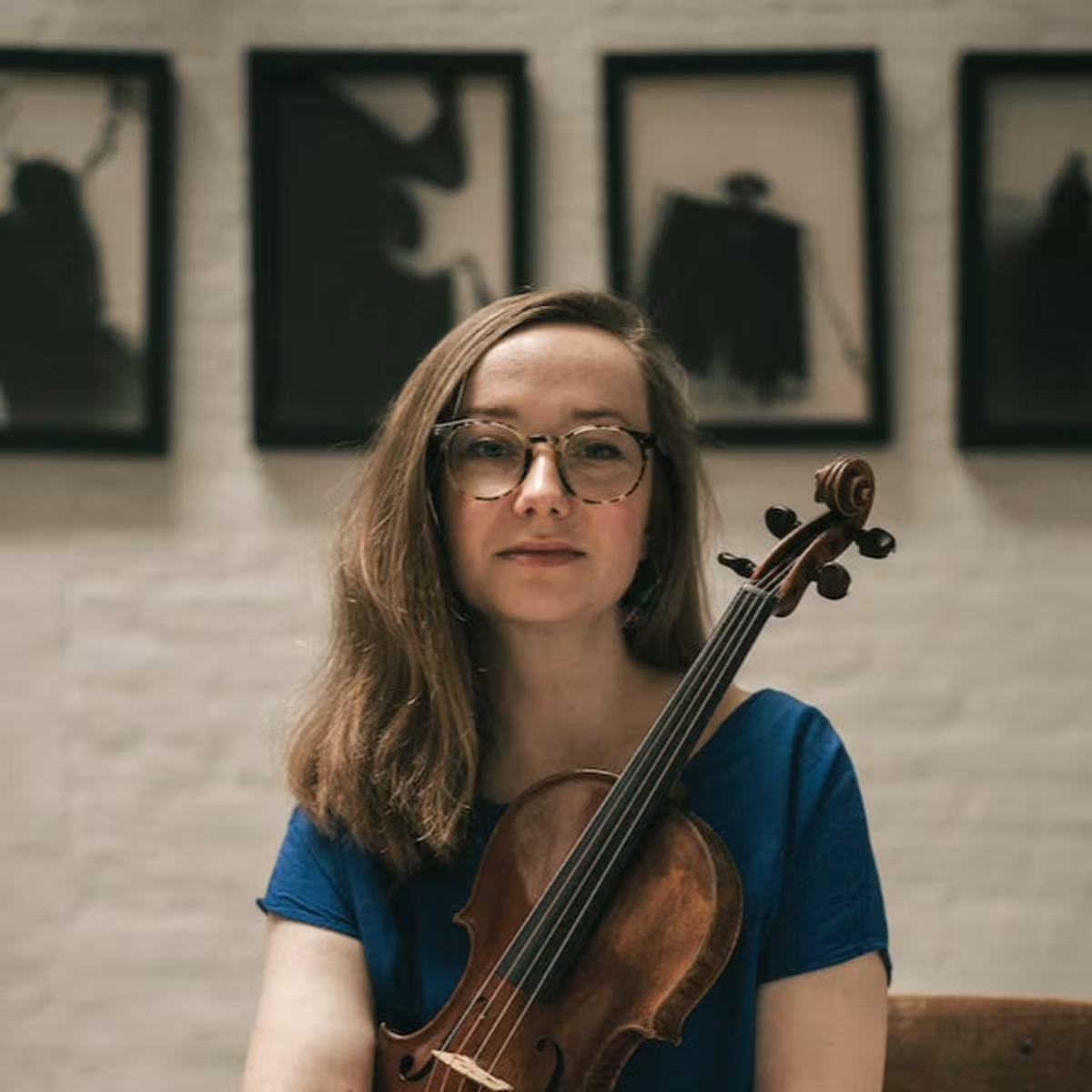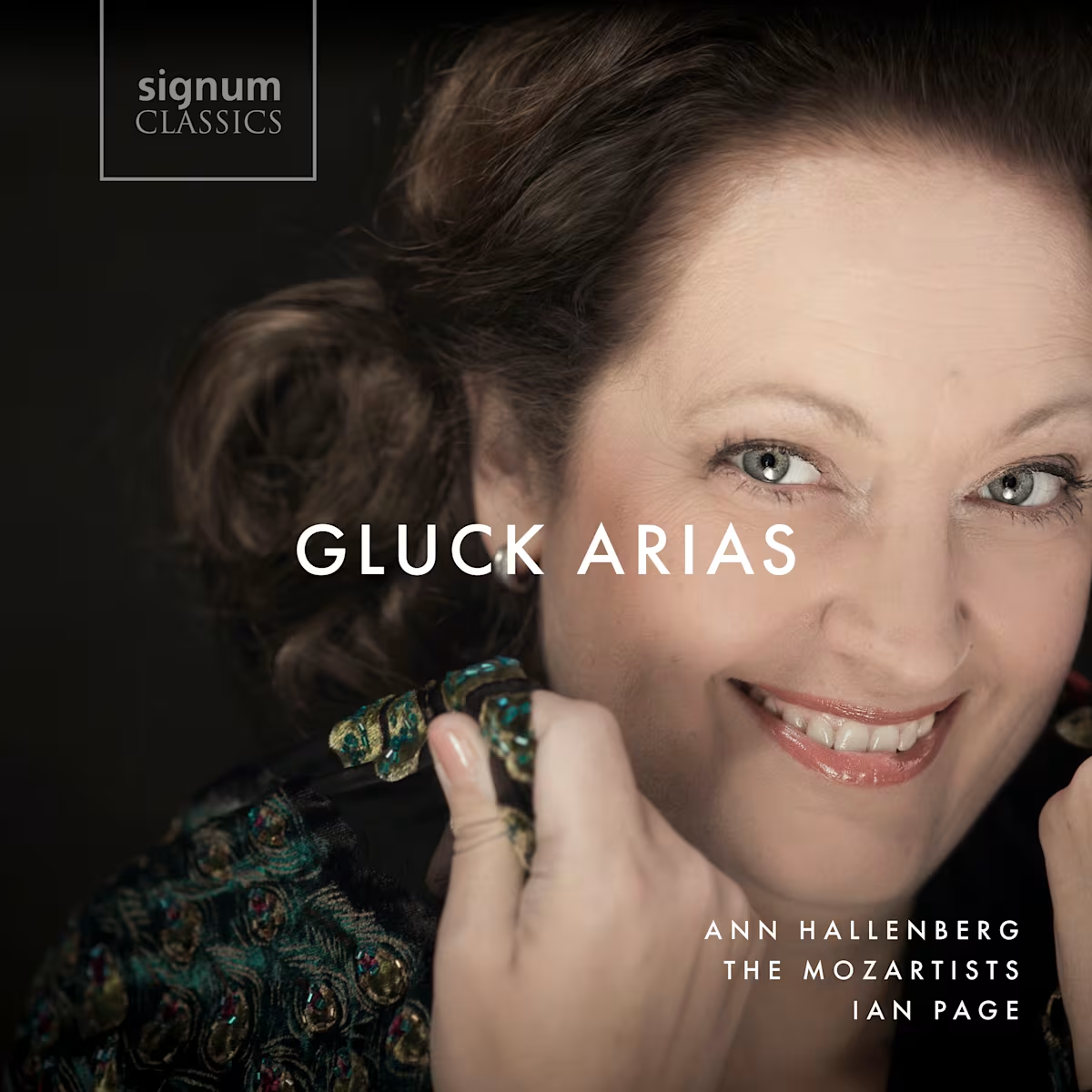Feature
First Encounters
Musical Journeys between Europe and Asia from the Dawn of the Global World
Share this

The ensemble Divertissements Chinois was formed in 2022 with the aim of giving performances of music associated with both Chinese and European cultures in the seventeenth and eighteenth centuries. This period saw fascinating interactions across the continents, firstly through religion and later through trade. Individuals, thoughts and music travelled between China and the west.
This is an account of some of the people who shaped our Divertissements Chinois programmes and the background to the music which we perform.
A look at a painting by Johannes Vermeer known as Girl Reading a Letter by an Open Window (c.1657-9 and now at the Gemäldegalerie in Dresden) shows how artefacts made cross-continental journeys and pervaded even a relatively provincial Dutch town such as Vermeer’s Delft: the carpet on the table came from the Ottoman Turkey; the fruit bowl was made in Qing Dynasty China; the letter the woman reads could well have arrived from a husband engaged in trade with the Dutch East Indies Company in Asia.
The Dutch ‘Golden Age’ was largely built on the trading wealth of the Dutch East Indies Company which, at the time of Vermeer's painting, was at the zenith of its influence and had established bases across the Dutch East Indies (modern day Indonesia) as well as trading posts in Nagasaki, Formosa, Malacca and Ceylon.
This interconnected global world forms the backdrop of some significant musical encounters. The first such encounter between Europeans and China took place half a century before Vermeer’s painting, at the beginning of this exciting century.
The Jesuit Influence - Ming Dynasty
In 1601, Matteo Ricci (1552 - 1610), an Italian Jesuit missionary, was summoned to Beijing by the Chinese Imperial government under the Ming Dynasty's Wanli Emperor (1563 - 1610; reigned from 1572).
Ricci had arrived in 1583 in the Portuguese enclave of Macau, where the Jesuits had set up a mission in the 1570s. Adhering to the Jesuit tradition of converting locals through intellectual persuasion, Ricci immersed himself in Chinese culture, with the aim of establishing a permanent mission on mainland China. After several failed approaches, he received the longed-for summons.
Ricci became the first European to set foot in the Imperial capital. He brought a vast array of gifts, designed to showcase the wide learning of the Jesuits. Among these was a musical instrument referred to by Ricci as a ‘manicordio’. He describes the reception of these gifts as “sensational - and especially the manicordio [which] was not only exaggerated, it was almost ridiculous.” What was this instrument which caused such a sensation that the Emperor sent four of his eunuchs to learn to play it?
Musical instrument nomenclature of the time was ambiguous. Today, the word means clavichord. But in 1601 it could have referred to any stringed keyboard instrument - the spinet or harpsichord as well as a clavichord. Chinese accounts of Ricci’s instrument, such as fan qin 番琴 (foreign instrument), tie si qin 铁丝琴 (iron wire instrument), dajian qin 大键琴 (big keyboard instrument) survive, though unfortunately no pictorial records remain.
My preferred interpretation is that this was one of the plucked instruments. Ricci describes performing Masses with manicordio accompaniment. The extremely quiet clavichord makes it an unlikely accompanist for choral singing. We also know that an inscription on the instrument read: ‘laudate eum in cymbalis benesonantibus’ (‘Praise him with the clash of cymbals’). Here surely is a play on words, with the Latin ‘cymbalis’ being the etymological root for ‘cembalo’ - the Italian word for harpsichord.
A cross-cultural exchange between European and Chinese musicians began during Ricci’s earliest years in Beijing. In 1608 he published Eight Songs for Western Keyboard (西琴曲意Xiqin Quyi). These were written in association with teaching the Imperial eunuchs to play the manicordio. The distinguished scholar of Chinese history Jonathan Spence reports: "Ricci's little cycle of eight songs became immediately popular in China among the intellectual elite, according to his own account, and copies were rapidly printed and circulated." Unfortunately, whilst Ricci’s texts survive, the music for these pieces has been lost.

Ricci is now regarded as a pioneer of Chinese scholarship. He was one of the first Europeans to master written Chinese and a polymath worthy of the Jesuit intellectual tradition. Much of his correspondence from China is preserved in the Vatican. In 1605, he founded the Cathedral of the Immaculate Conception in Beijing - the oldest Roman Catholic church there. His significance to music history is but a footnote to his wider career, but he does lay claim to introducing the first western keyboard instrument to China.
The Jesuit Influence - Qing Dynasty
Ricci’s ‘First Encounter’ in China occurred towards the end of the Ming Dynasty. The Wanli Emperor under whose administration Ricci arrived was a weak and tragic figure, and his reign was in some ways the nadir of the Ming period.
This decline continued until 1644, when the Ming was violently overthrown by Manchurian invaders who founded the Qing Dynasty. Despite the political turmoil, the Jesuit culture founded by Ricci maintained its influence. The reign of the second Qing Emperor, Kangxi (1654 - 1722, reigned from 1661) is regarded as one of the most successful in Chinese history. He was known as highly intellectually accomplished and his fame spread to Europe. Kangxi appointed Jesuits to lead the new Imperial Observatory (which still survives today). One of his astronomers, the Portuguese Tomás Pereira was a gifted musician. The Emperor so valued his expertise that he tasked Pereira with founding an academy for the study of European music theory and instrument construction.
Two quotations from this period show how widespread European keyboard instruments had become since Ricci’s lone manicordio. One Italian visitor, Matteo Ripa (1682 - 1746), wrote that the Kangxi Emperor had ‘harpsichords and spinets… in great numbers in all his palaces… a harpsichord or spinet in almost every apartment’. If accurate, this is an extraordinary observation.
Gao Shiqi, an imperial courtier, reports that the Emperor himself performed a transcription of a melody by Pereira ‘on an iron thread instrument with 112 threads’, which sounds fairly conclusively like a harpsichord with two sets of strings. Interestingly, it is hinted that the Emperor played with only one finger.
From Religion to Commerce - the British in South China
It was during the reign of the Kangxi Emperor that China lifted its restrictions on foreign trade. The country’s commercial gateway was the southern port of Canton (Guangzhou in modern transliteration). Europeans were allowed set up ‘factories’ or trading posts by the Pearl River. The British East India Company had replaced its Dutch equivalent as the leading player in the field. Gradually the fulcrum of Europe-China relations was shifting from religion to trade.
Commerce brought numerous Chinese commodities to Britain, such as porcelain, painting and lacquerwork. The latter led to the fashion for chinoiserie which even extended to the decoration of harpsichords (predominantly in France) .

These were all high-end products. More affordable, and increasingly fashionable was of course tea. Another area of Chinese influence was architecture. The British architect Sir William Chambers, influenced by his three visits to China, designed the iconic pagoda at Kew.
The first mention of the Chinese in British music dates back to 1692 when Purcell included a ‘Dance for A Chinese Man and Woman’ in The Fairy Queen, although it shows no Chinese influence. The first genuine Chinese music was published as part of The General History of China in 1736. This was an English translation by Richard Brookes of an original work published in Paris the previous year as Description de la Chine. Its author was a Jesuit historian Jean Baptiste Du Halde. His chapter on music includes five Chinese Airs anonymously transcribed so accurately that three of them are identifiable as melodies still performed in China today.
The first of these melodies, known in modern Chinese as ‘Jie Jie Gao’ (节节高), had a surprisingly complex afterlife. It was republished in Jean Jacques Rousseau’s Dictionnaire de Musique in 1768 albeit with some significant (and obvious) mistakes in notation. This corrupted version became the melodic source of Carl Maria von Weber’s 1805 Chinese Overture and was later incorporated into his Incidental Music for Turandot in 1809. From this version the melody even reaches into the twentieth century as the second movement of Paul Hindemith’s Symphonic Metamorphosis of Themes by Carl Maria von Weber composed in 1943.

Note that there is a mistake in transcription in bar 3 which was subsequently perpetuated in quotations of this melody in works by both Weber and Hindemith - a substantial investigation into this theme is available here.
Lone Traveller - a Cantonese Visitor to London
The British Museum holds an intriguing mezzotint from 1757. The inscription reads:
"The Chineese, came to Lisbon in 1755, was there at the Time of the Earthquake, and providentially escap'd with Life; after many hardships & ill treatments from the Portuguese, he came over to England, in 1756, where he met with different usage, having had the Honour to be seen by his Majesty, and the rest of the Royal Family [and] most of the Nobility &c. by whom he was much caress'd... having made application to the Honble. the East India Company for his passage home, he was kindly receiv'd and generously accomodated on Board one of their Ships to carry him to Canton, his Native Country."
The engraving names him as ‘Loum Kiqua’ which seems to be a bit of a corruption. The quite well reproduced Chinese characters identify him as Lam Kei (林奇). There seem to be no mentions of him in any of the contemporaneous Chinese records. His European odyssey is recorded only in two London sources. Besides the portrait, there is also an article which appeared in The Gentleman’s Magazine on 16 December 1757.
The author of this article, identified only as ‘A.B.’ recalls: “A few days ago I accidentally fell in company with the Chinese merchant lately arrived in this city from Canton...”. Lam Kei is not mentioned by name, but the dating leaves little doubt that it was him. A.B. continues: “he understands very little of our language... however, to make up the want of conversation, he played several Chinese tunes upon a musical instrument something resembling a guitar.” Lam Kei must have been a keen amateur musician to have brought an instrument with him on so arduous a journey.
A.B. explains that:
“I took down in writing one of the airs exactly as he played it, without the slightest alteration (except the adding a bass to it).”
One of the interesting aspects of this piece is that it does not sound particularly Chinese - it is diatonic rather than pentatonic. Assuming the transcription was faithful, this raises fascinating questions. My feeling is that Lam Kei was not playing a Chinese piece at all. Perhaps in deference to his hosts, he was playing what he understood to be European music. He would have heard western music in mercantile Canton. If my theory is right, we have an irony of historical reception: a Chinese musician is in London playing European style music that he had heard in Canton; the music is transcribed by an Englishman who thinks that he is hearing Chinese music. In a way they were both engaged in ethnomusicology, but hindered by linguistic misunderstanding.

Commerce - a British Diplomatic Delegation to China
Our next musical ‘First Encounter’ could not contrast more with the lone Cantonese merchant. It pits the might of the Qing State at the apogee of China’s two thousand year long regional dominance, with a diplomatic delegation from Great Britain, near the start of its own rise as a global empire. The balance of world power was shifting - and music was there as a witness.
The Macartney Embassy of 1792 to 1794, led by Earl Macartney, marked the first diplomatic contact between Britain and China. Sent by King George III to improve trading conditions for Britain, the embassy was equipped with extravagant gifts and a substantial entourage. The musical adviser prior to the trip was the distinguished scholar Dr. Charles Burney. The musicians included a string quartet, and one each of: oboe, bassoon, clarinet, German flute, fife and trumpet, plus a pair of French horns.
The epic journey concluded with a meeting with the Emperor at his summer palace at Jehol, in modern day Hebei province. The main legacy of the Embassy is a wealth of eye-witness accounts. On their return, five members of the delegation (including Macartney himself) published detailed accounts covering a wide range of observations, with music getting more than a passing mention.
John Barrow, comptroller to Lord Macartney’s household, published his memoirs in 1804. Entitled Travels in China, it is a learned account of the trip. The book includes an engraving of Chinese musical instruments and nine ‘Popular Chinese Airs’ transcribed into stave notation by an unnamed correspondent in Canton.

Through another memoir of the trip, Narrative of the British Embassy to China published in 1795 by Aeneas Anderson, we know what music the British delegation performed as they processed to this meeting. It was Christopher Eley’s Duke of York’s March, the official slow march of the Coldstream Guards.
Perhaps the most artistically interesting musical product of the Macartney Embassy was a publication of Two Original Chinese Songs (c.1795) dedicated to Lady Macartney by the German-born composer Karl Kambra.

They are presented first as simple melodic transcriptions, together with phonetic transliterations of the Chinese texts, then followed by Kambra’s re-working of the melodies in a distinctly late eighteenth century London style. The first of these, which Kambra named ‘Moo-Lee-Chwa’, is known as ‘Mo Li Hua’ in modern transliteration (茉莉花), a well-known Chinese folk song in praise of the jasmine flower. The second song, called ‘The Peyho Boatmen’, is based on a peasant river boatmen’s song heard on the River Peiho north of Beijing.
Despite theses cultural exchanges, the commercial ambitions of the Macartney Embassy were not fulfilled. This was due to misunderstandings on both sides. The Chinese expected tributary offerings from a client state. The British anticipated a negotiation between equal sovereign nations. Most controversial was Macartney’s refusal to ‘kowtow’ to the Emperor. This traditional obeisance was expected of all foreign visitors and his refusal caused diplomatic offence. In terms of what we would call a ‘trade deal’ the Embassy was dismissed empty-handed. Misunderstandings might have been ameliorated had the Embassy been able to meet up with their intended European adviser, Jean Joseph Marie Amiot, a long-term resident in Beijing. Unfortunately the 75 year old Amiot was already gravely ill and unable to meet with Macartney. He died one month later.
The Last of the Jesuits in China - Jean Joseph Marie Amiot
Jean Joseph Marie Amiot (1718 - 1793), a French Jesuit who arrived in China in 1750, resided in Beijing for over forty years. He became the Qianlong Emperor's translator for European languages. Amiot completed the first translation of Sun Tzu’s Art of War and also wrote the first European biography of Confucius.
The Jesuit also played an active role in the music scene. He put on regular concerts of French music, and specifically names Rameau’s ‘Les Sauvages’ and ‘Les Cyclopes’ as pieces he performed.
His comprehensive Mémoire sur la musique des Chinois was published in Paris in 1779. The Bibliothèque Nationale in Paris holds a copy of Amiot’s Divertissements Chinois, a extensive collection of Chinese melodies transcribed into both Chinese gongche notation and western staff notation which he compiled in 1779, an invaluable source of Chinese music from the height of the Qing dynasty.
Had Amiot been able to meet and advise the Macartney Embassy in 1793, the diplomatic outcome might have been a very different one.
In a note to King George III, the Qianlong Emperor states:
“Our Celestial Empire possesses all things in prolific abundance and lacks no product within its borders. There is therefore no need to import the manufactures of outside barbarians in exchange for our own produce.”
This display of confidence occurred at the last moment that China held significant influence in world power politics. Historians now perceive it as a missed opportunity for the Qing Dynasty to engage with the expansionist policies of the Europeans, eventually leading to what is known as China's 'Century of Humiliation.' As the balance of world hegemony shifted, the ensuing century of European-Chinese relationships left a lot to be regretted. It was in marked contrast with the respectful understanding shown by generations of Jesuit missionaries who had spent decades immersed in Chinese learning. These ‘First Encounters’ were arguably much more productive (and peaceful) than subsequent ones in the nineteenth century.
Share this
Keep reading

The infinite variety of Handel’s ‘Messiah’
Few works in Western music have proved as infinitely adaptable, resilient, and continually renewed as George Frideric Handel’s ‘Messiah’ oratorio.

In Conversation: Agata Daraškaitė
Continuo Connect catches up with the first violinist of the Consone Quartet, Agata Daraškaitė to discuss her route into music and Consone's recent projects.

Gluck Arias | Ann Hallenberg with The Mozartists & Ian Page
Ian Page and The Mozartists’ latest recording for Signum Classics features a programme of Gluck arias sung by celebrated Swedish mezzo-soprano Ann Hallenberg.

